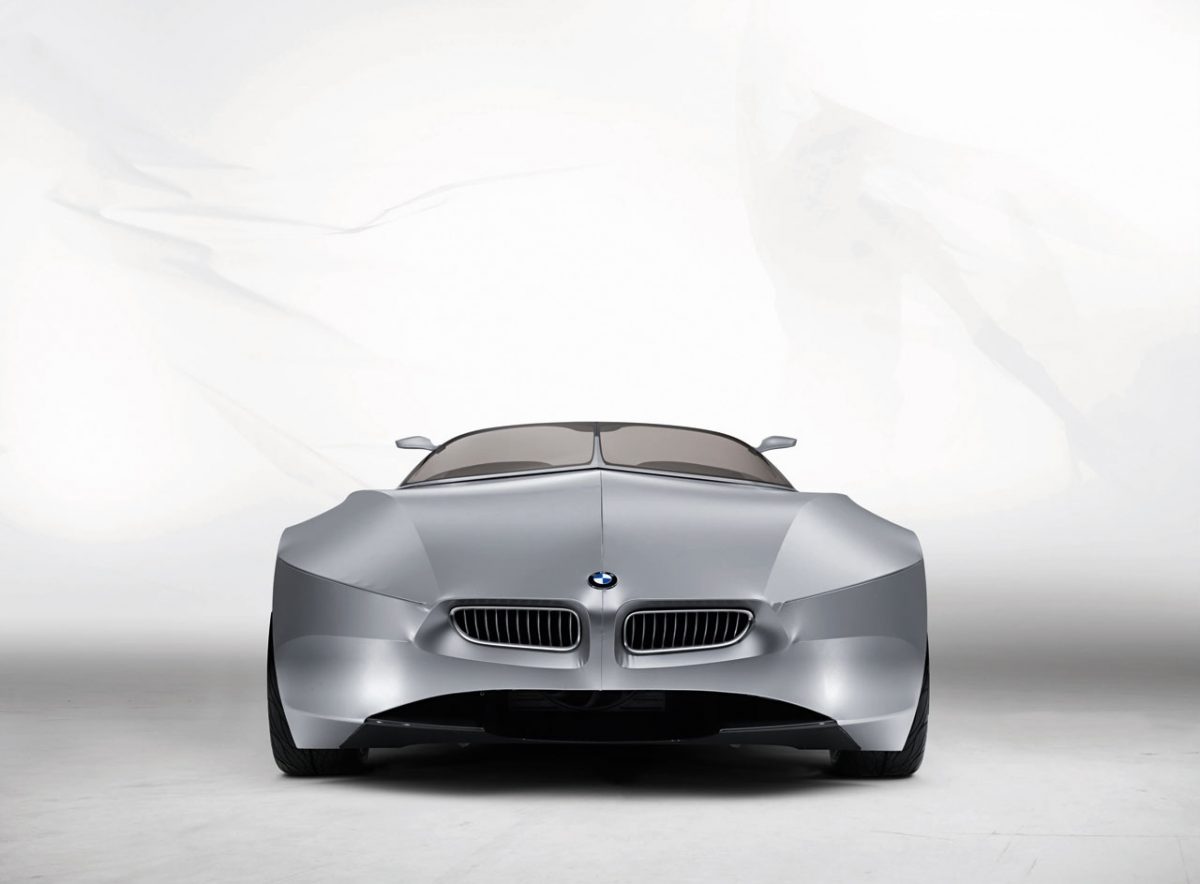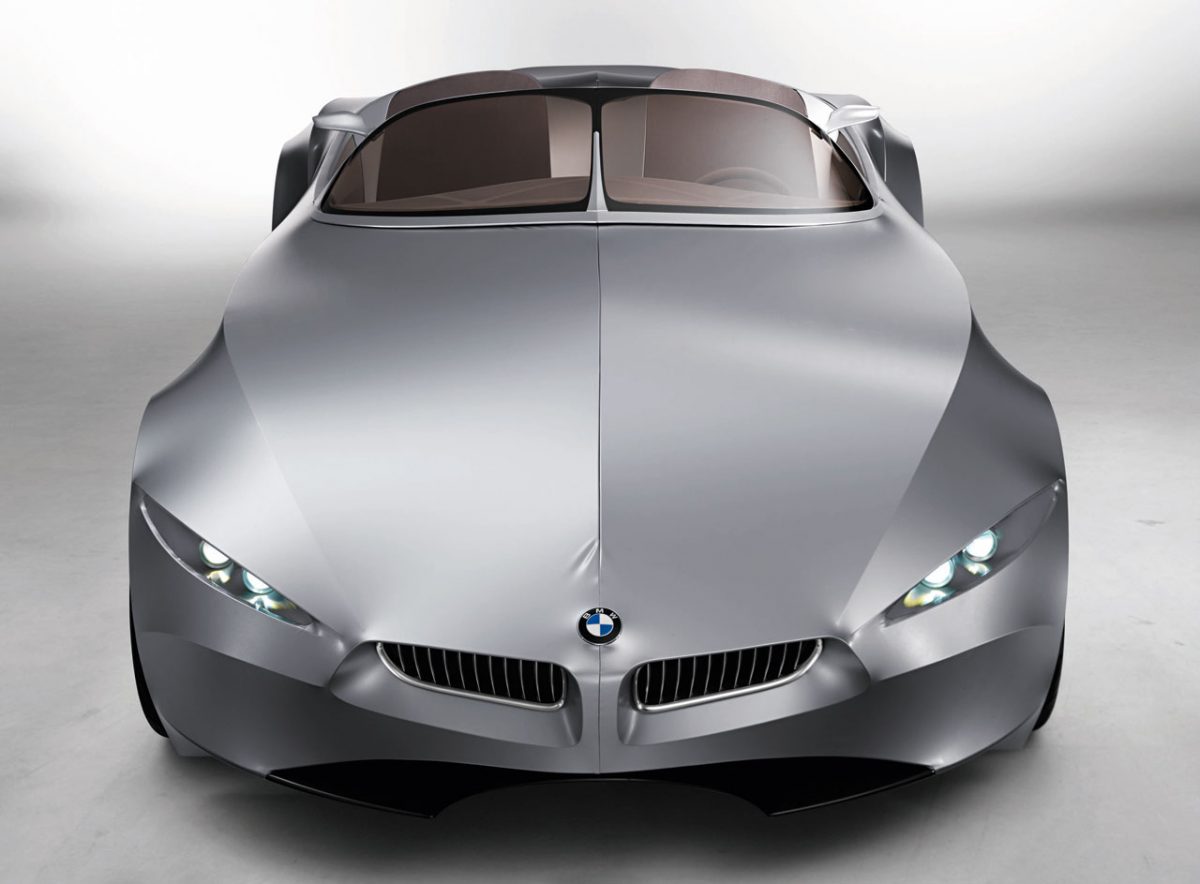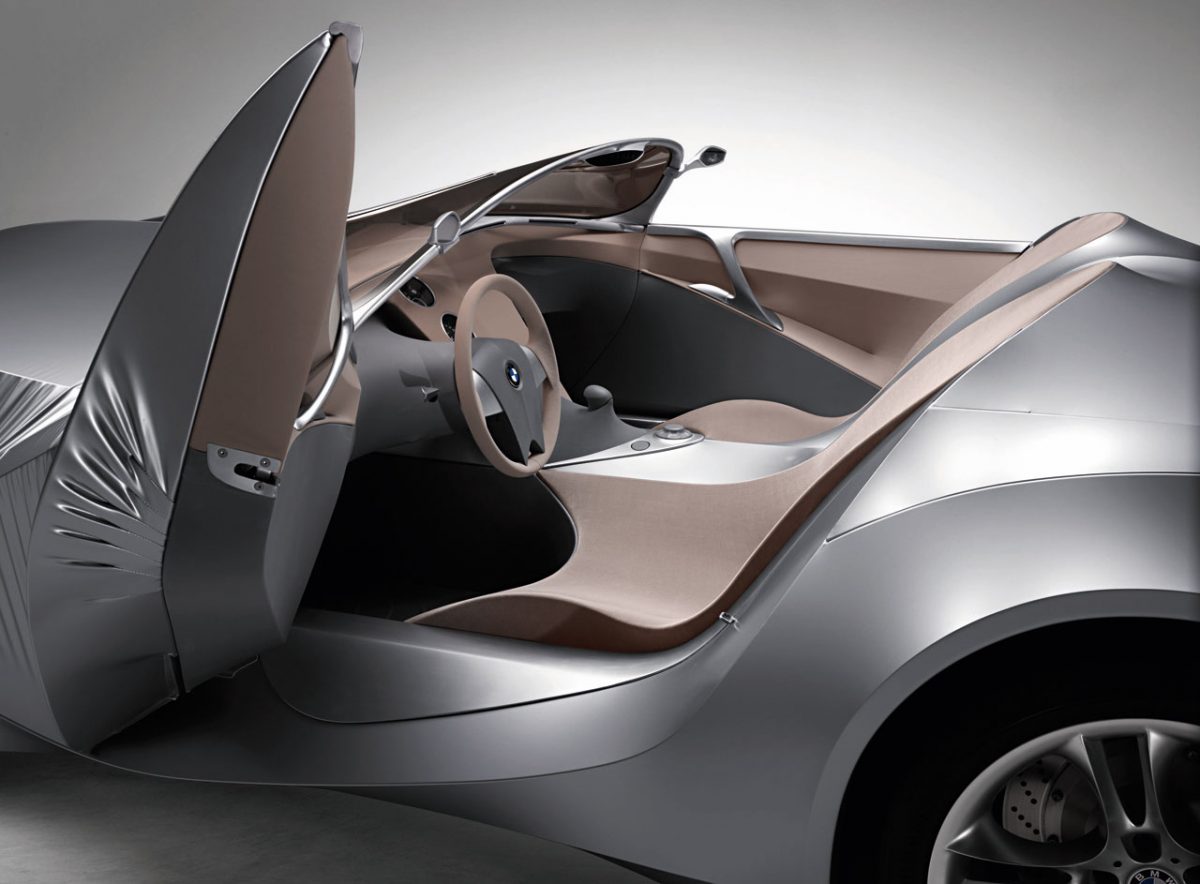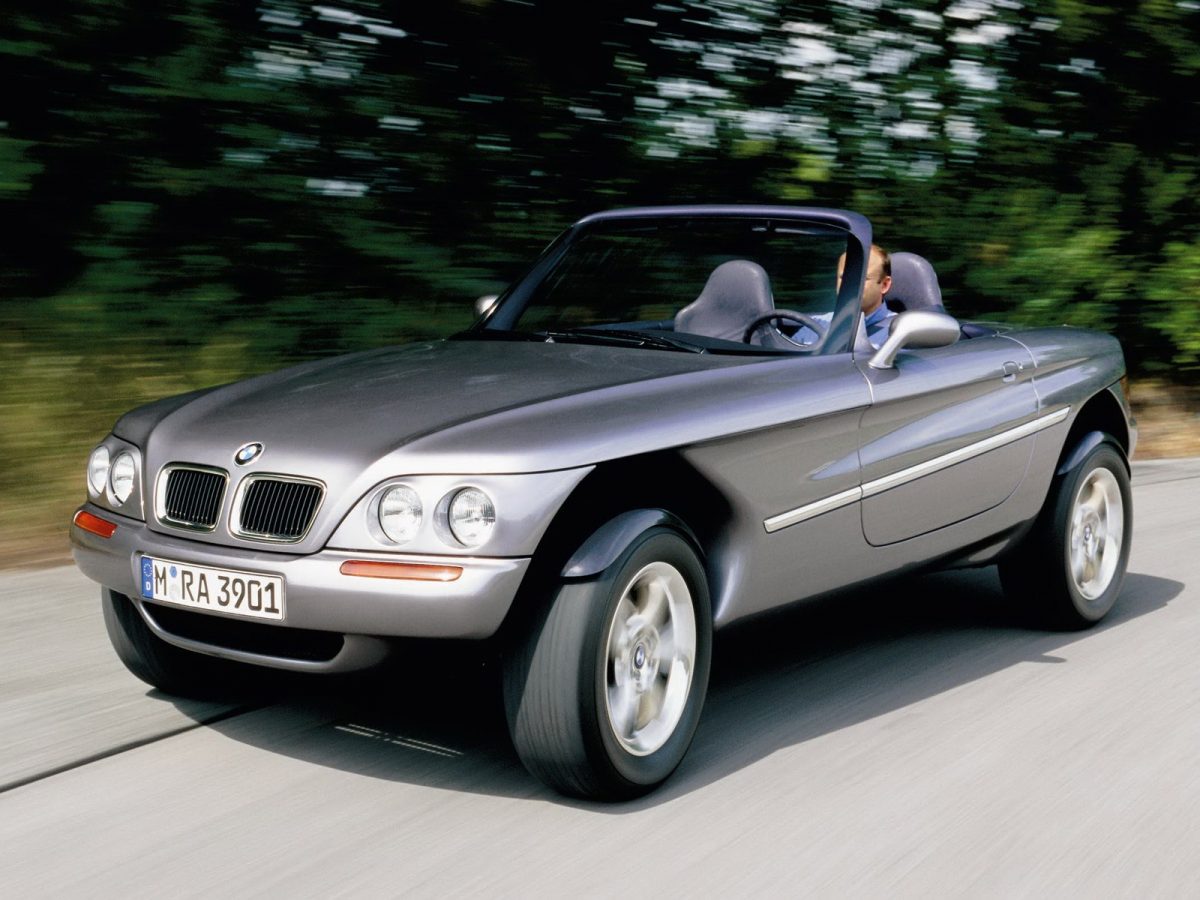
BMW GINA (2008)
Forms do not seem new to you? You read that right, this concept has shaped the design concept of many modern BMW models. The history of the car begins in 2001 …
The platform for Gina was the legendary Z8 supercar. He shared with her a 4.4-liter V8 engine and a 6-speed “automatic”. However, these are far from the main design elements of the concept … But the body! Even to call it this familiar word can only be a big … stretch. The basis is an aluminum frame. And panels are a fabric stretched over profiling elements. So that’s where this unusual plastic panels of many modern BMW models come from!
Metal, paint and varnish are replaced by polyurethane-coated Spandex material, better known in Europe as elastane or Lycra (after the manufacturer’s name). They make suits for swimming, clothes for sports. This waterproof fabric stretches up to 500% and returns to its original size without any distortion. It also dyes easily. And how much more environmentally friendly than metals and plastic! Most of the profiles are made of aluminum, and the smaller part is made of bendable carbon. The latter, for example, is used in the design of doors that do not open, but are bent upwards. The trunk spoiler can also extend. In action, these unusual designs look fascinating. The door opens forward and upwards, the elastane folds… Amazing! And why did BMW take so long to declassify its fabric concept?
But the body, thanks to elastane, also turned out to be translucent. Which means the ability to hide optics. So did the rear lights. In inactivity, they are hidden from view, but as soon as the driver presses the brake and, voila! Headlights are even more outlandish – they open like eyes, lifting the eyelids. They can wink! All thanks to a pair of small motors pushing the rails back. In general, servos have many interesting responsibilities here. It is worth noting the use of branded fabric in the cabin – with the ignition off, the steering wheel and instruments occupy a position convenient for landing. But as soon as the engine is started, everything returns to its place – the speedometer, tachometer and fuel gauge turn towards the driver, and the steering wheel takes its usual place.
Even today, this concept has made a lot of noise with its extraordinary. What would have happened if the Germans had shown it six years ago, when the world was not yet accustomed to the recognizable design of Bangle? Maybe the Germans decided not to shock the public? Or simply did not want to reveal the cards ahead of time? Be that as it may, but even if they showed the Gina another seven years later, the result and the assessment of the car would have been the same. The concept and its implementation are too unusual. Gina is a work of automotive art. And works of art are timeless.


















